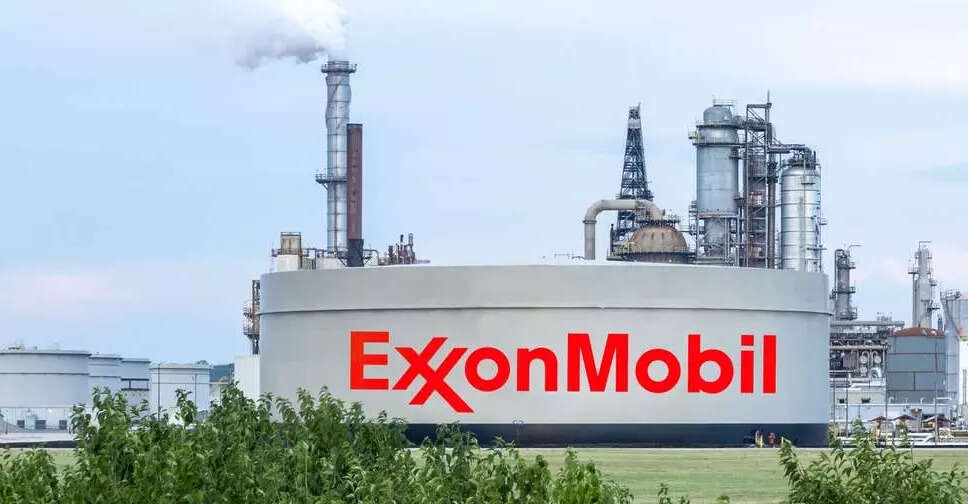Crude Oil Supply and Investor Concerns
Even as investors worry about a world glut of Crude Oil following increased production by OPEDC+ countries and oil prices waver with every new development, big oil leaders, Exxon Mobil, Chevron, and Shell continue to hike their Crude Oil production volume.
However, supply growth often pressures benchmarks when macro demand slows. Also, futures sentiment turns fragile when storage builds accelerate, as Oklahoma Energy watchers note.
Energy analysts say the increased production could threaten to make worse the weaker oil price environment while prices remain in $60s.
Additionally, recent prints showed spot volatility around that range as traders tracked policy and supply headlines. Meanwhile, OPEC+ guidance and macro risk keep refining margins and crude differentials in focus.
Focus on Exxon Mobil and Chevron
Fortune Magazine focused on Exxon Mobil and Chevron, two of the country’s biggest energy players.
However, both companies emphasized durable advantaged barrels and capital discipline despite softer prices. Also, they framed volumes as strategic for long-term competitiveness.
Exxon Mobil produced a record high of 1.7 million barrels of oil equivalent a day in the third quarter from the Permian Basin.
Therefore, Midland-Delaware productivity and pad development efficiency continue to lift upstream throughput. Additionally, Guyana’s deepwater projects complement shale cadence and stabilize blended decline rates.
Chevron‘s production was 1.06 million barrels a day.
Meanwhile, company-wide volumes reached a record 4.1 million boe/d in the third quarter after integrating Hess, signaling broader scale benefits beyond a single basin. Also, management pointed to reliability gains and upcoming guidance at Investor Day.
Global Volumes and Growth Vectors
Fortune reported Exxon Mobil’s global volumes grew from 4.63 million barrels of oil equivalent daily in the second quarter to 4.77 barrels a day in the third.
However, corporate disclosures and press reports rounded that level to about 4.7–4.8 million boe/d, reflecting Permian Basin and Guyana strength during the quarter. Also, production momentum persisted despite pressured headline prices.
Exxon Mobil even aims to hit 5.4 million barrels by 2030, driven mostly by the Permian Basin and its pioneering offshore Guyana development.
Therefore, long-cycle deepwater pairs with short-cycle shale to smooth cash flows. Additionally, management highlighted structural cost cuts and disciplined buybacks in recent updates.
Shell Output Context and Price Backdrop
Shell continues to scale upstream and integrated gas with record deepwater output supporting volumes.
However, third-quarter commentary emphasized robust Brazil and Gulf of Mexico barrels and stronger trading uplift. Also, that mix can cushion weaker benchmarks during $60s price windows.
Analysts continue to watch OPEDC+ country moves and any incremental quota shifts that could sway Crude Oil balances.
Meanwhile, EIA scenarios still flag potential inventory builds if supply outpaces demand into 2026. Also, that backdrop raises sensitivity to macro data and policy decisions. U.S. Energy Information Administration
Why It Matters for Oklahoma Energy Readers
Rising Crude Oil volumes from Big Oil shape regional service demand and midstream flows tied to the Permian Basin.
Additionally, Oklahoma Energy operators track capex signals from majors when planning rigs, completions, and takeaway bookings. Also, gas-weighted associate production influences NGL pricing and basis dynamics across the Mid-Continent.
SOURCE: Fortune—Rewritten by Oklahoma Energy Today for clarity


